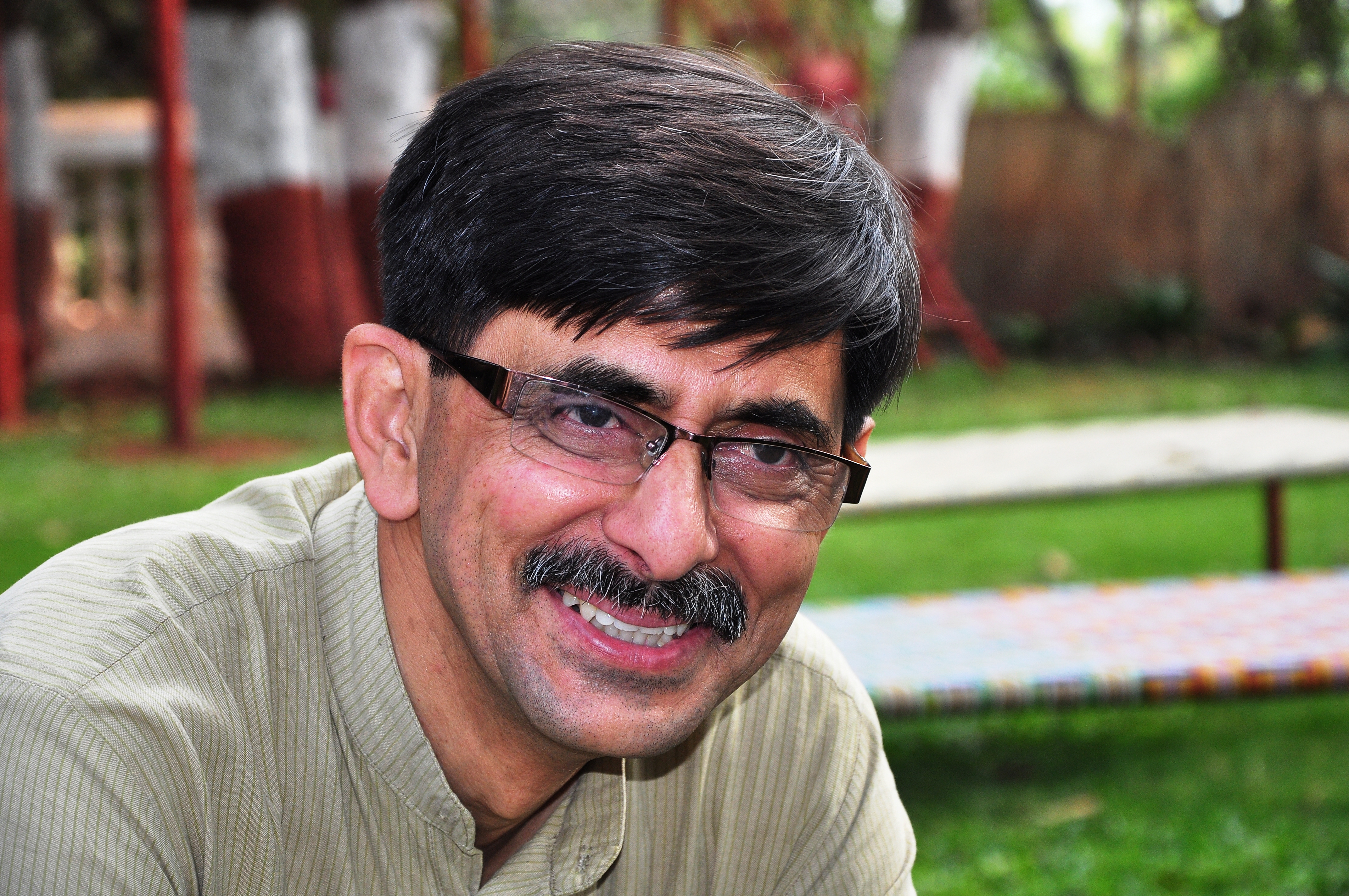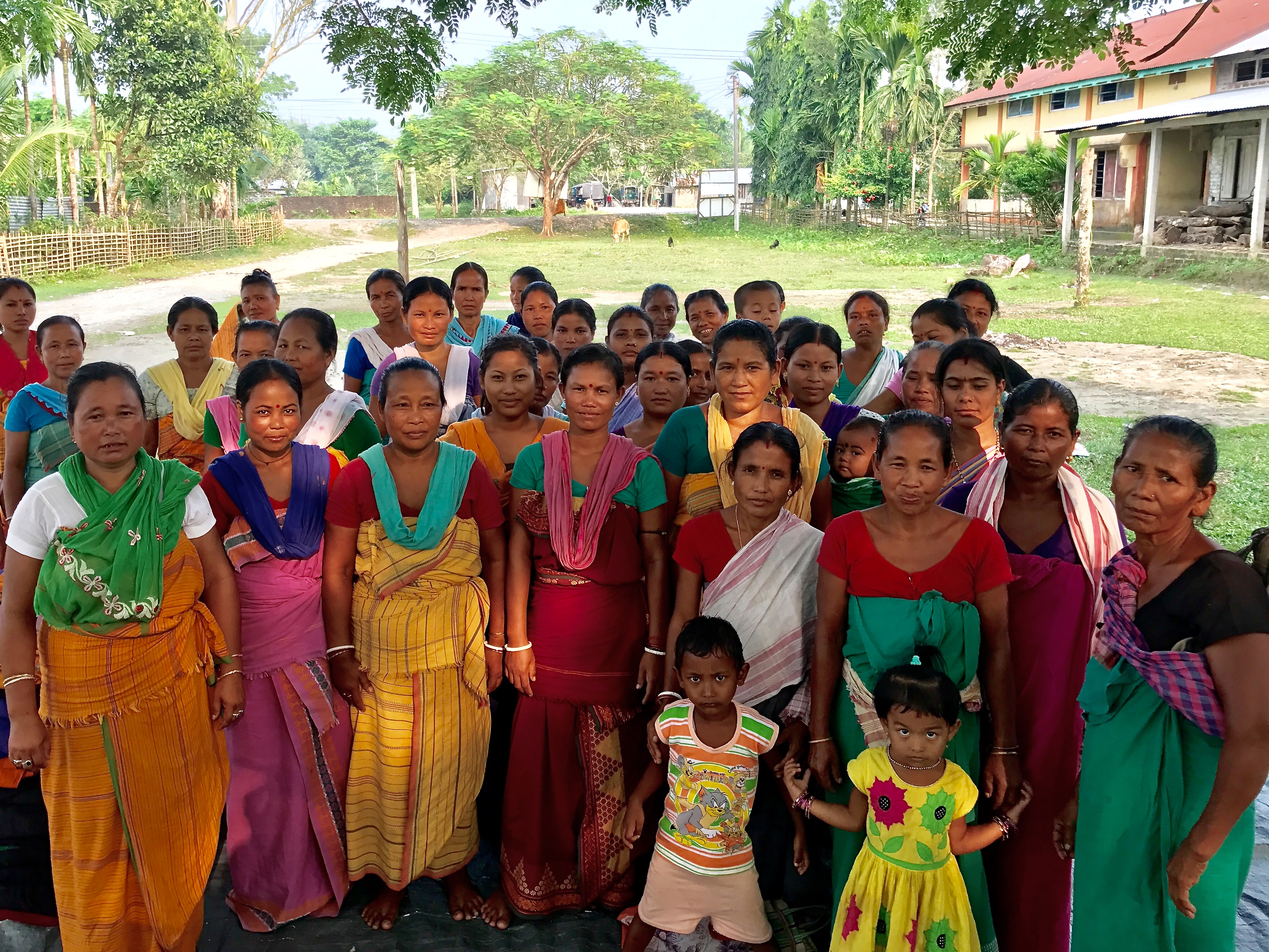Assam to Lakme Fashion Week: The Amazing Tale of Bodoland’s Women Weavers
In an attempt to empower women in Assam, this couple started 'The Ant', in which women in need become empowered weavers!

The lush greenery and tranquillity of Bodoland today belies the tumultuous past of the region. The Bodo tribe is the largest indigenous community in Assam, and through the 80s and 90s, the struggle for an autonomous homeland, along with intermittent waves of ethnic clashes, wreaked havoc on the grossly inadequate medical infrastructure in the region.
In the midst of this conflict, in the year 2000, a young medic and public health professional Dr Sunil Kaul, and his wife Ms Jennifer Liang, a trained social worker, set-up a rural development organisation called ‘The Ant.’

The duo had already faced the wrath of militants in their previous project in a different part of Assam, including the abduction and subsequent murder of a senior colleague, and they were forced to abandon the project.
However, refusing to bow down to the threat of violence, Sunil and Jenny returned to Lower Assam, another troubled region in the state, ready to take on a new set of challenges. They were supported in their mission by the Late Shri Ravindranath Upadhyay, a Khadi worker and a veteran of the Sarvodaya Movement, who had several decades of work in rural Assam behind him.
Armed with a firm belief in the power of women to create a peaceful and progressive society, the organisation, since its inception 17 years ago, has worked tirelessly towards empowering the women of the region.
You may also like: How a Poor Handloom Weaver Created the Famous ‘Afroza Pattern’ Sarees That Draped Vidya Balan
During their initial surveys, founders noticed that every Bodo home had a loom and that the woman of the house wove clothes for herself and her family, during her spare time. A skill passed on from mother to daughter, the Bodo woman would weave traditional clothing items like the dokhona (a sari-like garment worn by Bodo women) and the gomosa (a multipurpose shawl-like garment), as well as other clothing requirements of the family.
They decided to tap into this traditional weaving knowledge to create livelihood opportunities for Bodo women. The intention was that the money from weaving would not only supplement the meagre agricultural income earned by these women, it would also enable them to manage emergency situations, without having to resort to selling their assets or taking loans.
In 2002, Sunil and Jenny dug into their limited funds and started an informal weaving initiative. They also teamed up with Bangalore-based textile designer Ms Smitha Murthy, who has been steering the weaving program as its Managing and Creative Director, since the early days.
The success of the informal weaving program motivated them to separate the village-based weaving program from ‘The Ant’ and register it as a charitable trust called Aagor Dagra Afad in 2005. The weavers themselves chose the name of the organisation. Aagor is the Bodo word for ‘design’ while daagra and afad mean ‘weaver’ and ‘organisation’ respectively, in the Bodo language. The organisation has been entirely managed and run by the weavers.
Over the years, working with nearly 400 village-based weavers, Aagor has made great strides and received large orders from TRIFED (Tribal Cooperative Marketing Development Federation of India Limited) as well as a few export orders.

The weavers work out of their homes, in their free time, and have been able to earn a much-needed livelihood. Aagor has also given all its weavers medical insurance which includes the critical, free hospitalisation benefit; thus enabling them to manage medical emergencies without going into debt.
There are many success stories. Anzaly Basumathary, a 35-year old, went from being a penniless widow with three children to serving as the President of the Aagor Executive Committee and has been representing the weavers’ interests since 2010. Sandeshwari Burman, another weaver who is also a widow, at one point, had to beg for food for her four children. She now owns her home and has savings. Chingring Boro’s husband abandoned her and the family after being unable to repay his huge debt. With her earnings, Chingring has repaid the loans and even managed to buy a house.
In 2007, an interest-free loan from the Millepede Foundation facilitated the opening of the first store in Bangalore. The store retails garments made from Aagor fabric, alongside other handicrafts from the northeast.
While the challenges have been countless—from being accused of commercializing Bodo tradition, to managing the severe cash crunches caused by delays in customer payment—the highlight of Aagor’s journey has been its appearance at the prestigious 2016 Lakme Fashion Week in Mumbai.
At this event, designer Aditi Holani Chandak presented garments made from Aagor’s exquisite handwoven fabrics to a receptive international audience.

Another weaving initiative by ‘The Ant,’ Udangshree Dera (Abode of Freedom), launched almost simultaneously as Aagor, is an in-house weaving centre on the non-profit’s campus. Besides providing a workspace for the weavers, the centre also provides them with free accommodation and subsidised food.
Women participating in the Udangshree Dera program have been able to support their children’s education, repay loans, and fund personal goals like buying a house or starting a small shop in their village.

Almost 75% of the former housemaids who participated in the program have not returned to being domestic workers, and have been able to reintegrate into society.
The overall investment of Rs.1.2 crores made by ‘The Ant’, has led to Aagor’s weavers, spindlers and staff, earning salaries, and wages totalling Rs. 5.5 crores over the past 15 years! The founders hope to garner more support and investment in the days to come, which will enable them to include more women in the weaving program.
You may also like: Chennai Weavers Make Eco-Friendly, Banana Fibre ‘Jeans’ to Help You Beat the Heat!
Like the tiny yet over-achieving ant, Sunil and Jenny, together with ‘The Ant’ and Aagor teams, have shown by example, that a few committed people can indeed bring about a huge movement of positive change.
To learn more about ‘The Ant’ and Aagor, please visit the following links:
http://www.theant.org
http://theantscraft.com
https://www.facebook.com/theantindia/
https://www.facebook.com/pg/AagorDaagraAfad/
About The Author: Anne Pinto-Rodrigues is a Netherlands-based writer. She recently spent a month with ‘the ant’ as part of her travels through northeast India.
Like this story? Or have something to share?
Write to us: [email protected]
Connect with us on Facebook and Twitter.
NEW: Click here to get positive news on WhatsApp!
If you found our stories insightful, informative, or even just enjoyable, we invite you to consider making a voluntary payment to support the work we do at The Better India. Your contribution helps us continue producing quality content that educates, inspires, and drives positive change.
Choose one of the payment options below for your contribution-
By paying for the stories you value, you directly contribute to sustaining our efforts focused on making a difference in the world. Together, let’s ensure that impactful stories continue to be told and shared, enriching lives and communities alike.
Thank you for your support. Here are some frequently asked questions you might find helpful to know why you are contributing?


This story made me
-
97
-
121
-
89
-
167













